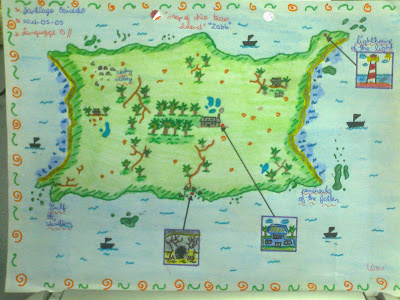After
The use of the preposition After can also be another headache for both EFL teachers and students (Spanish speakers that is). Quite often the problem is evidenced in two cases. The first is using After at the end of sentences since we can do that in Spanish with DESPUES, and therefore it is logical to assume it can also be done in English. This is not necessarily true since the word AFTER requires being followed by another word, e.g. After dawn...After class...After the end of the ceremony...This rule makes impossible to put at the end most of the time unless it is part of a phrasal verb, e.g. Who are you Looking After?
The second case is attempting to use of following the word After, e.g. After of all that, they were very upset. Again the problem is with Spanish because we say DESPUES DE as in "Después de todo eso, ellos estaban molestos." But the use of of is not necessary in English and adding it is a mistake.
The best thing to do is to offer other options to the use of AFTER, and those are THEN, LATER or AFTERWARDS, all of which can be used at the end of sentences or at the beginning. For the second case perhaps explaining that the idea of the particle of is already included in AFTER and using is redundant. Translating helps students get the idea when they hear what it would be like in their own language.
BTW, the person in the picture is the always beautiful Michelle Pfeifer in a Before and After picture comparison only that the After pic here corresponds to her "witch" character from the Stardust movie, a great fantasy film though not completely for kids.




Comments